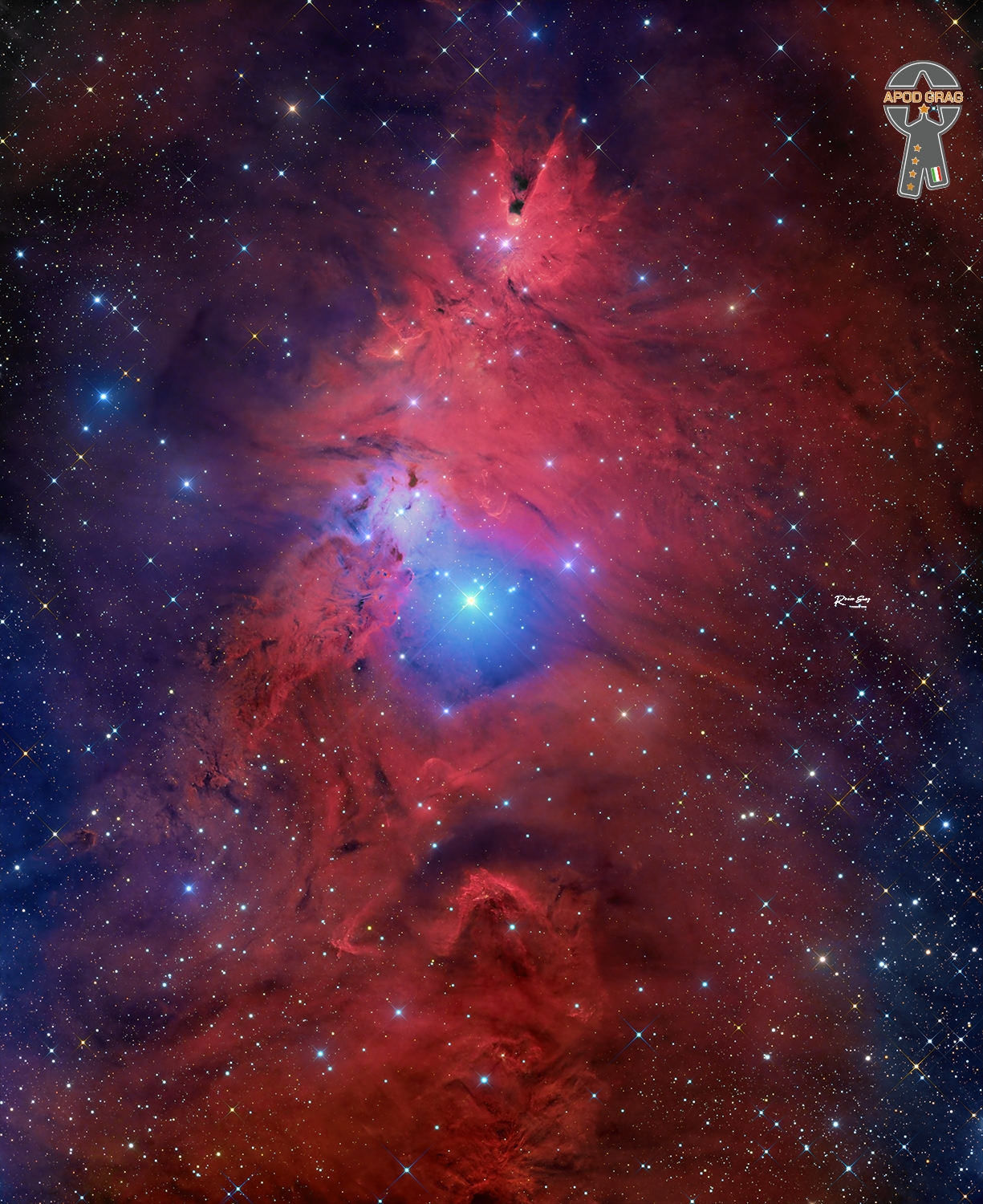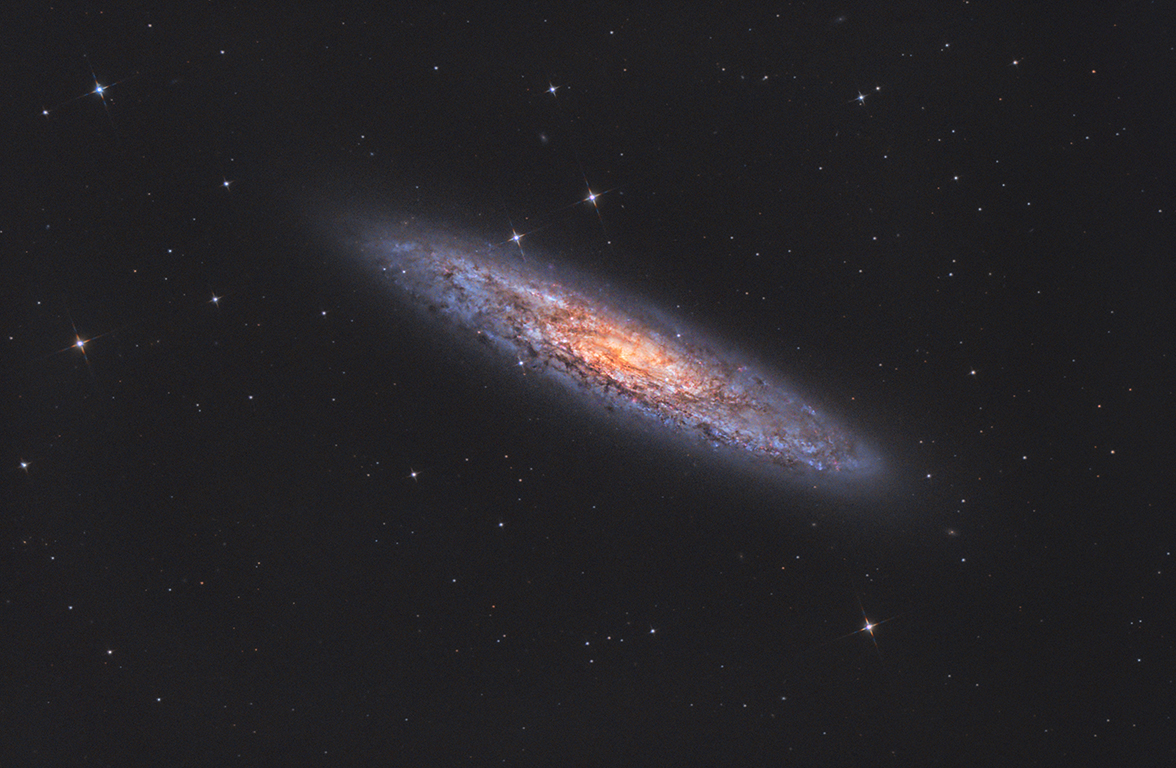Blog
Curtis Counce (January 23, 1926 – July 31, 1963) was an American hard bop and West Coast jazzdouble bassist. Counce was born in Kansas City, Missouri and moved to California in 1945. He began recording in 1946 with Lester Young, and in the 1950s in Los Angeles with musicians such as Shorty Rogers, Stan Kenton,Shelly Manne, Lyle Murphy, Teddy Charles, and Clifford Brown. Counce formed his quintet in 1956 featuring tenor saxophonist Harold Land, trumpeter Jack Sheldon, pianist Carl Perkins and drummer Frank Butler. Elmo Hope replaced Perkins after his death at age 29 in 1958.Gerald Wilson replaced Sheldon on some recordings. The four albums originally released on Contemporary Records were reissued in 2006 on a double CD by Gambit Spain. Counce died in Los Angeles, California, of a heart attack. He was survived by his wife, Mildred Counce, his daughter, Celeste Counce, and a son. Counce’s son, born April 10, 1961, was placed for adoption by his biological mother. Curtis knew of his son, but due to his life circumstances, Counce could not be a part of his life. Curtis’s son died on January 23, 2022.
more...This image shows the spiral galaxy IC 438, which lies about 130 million light-years from Earth in the constellation Lepus (the Hare). Lepus lies just south of the celestial equator (the ring around the middle of Earth that falls at right angles to its rotation axis). Appropriately, Lepus is flanked by the constellations Canis Major (the Greater Dog) and Orion (the Hunter), whilst Canis Minor (the Lesser Dog) lies very nearby, meaning that in artistic representations of the constellations, Lepus is often shown as being pursued by Orion and his two hunting dogs.
Lepus is one of the 88 constellations that are officially recognised by the International Astronomical Union (IAU). It is worth clarifying that, whilst the actual constellations themselves only comprise a handful of stars, the area of sky covered by those stars is often referred to using the name of the constellation. For example, when we say that IC 438 is in Lepus, we do not mean that the galaxy is part of the constellation — perhaps obviously, as it is not a single star, but an entire galaxy! Rather, we mean that it falls in the region of sky covered by the Lepus constellation stars.
The IAU’s 88 official constellations are by no means the only constellations ever described by humanity. Humans have been studying and naming the stars for a very long time, and different cultures of course have their own constellations. The IAU constellations are Eurocentric, with many taken from Ptolemy’s list of constellations. Collectively, the 88 constellations divide the night sky into 88 regions which completely cover it, so that the approximate location of any celestial object can be described using one of the 88.
The impetus behind Hubble examining this galaxy was a type Iax supernova that took place in 2017, a kind of supernova that arises from a binary system of two stars. While this data was obtained over three years after the supernova occurred, and so it’s not visible in this image, there’s still a lot to learn from studying the aftermath of supernovae like this one.
[Image Description: A large spiral galaxy seen close-up. The left side of the image shows the galaxy’s core and its tightly-curled inner spiral arms. On the right side, one of the arms reaches down from above, curving across the dark background. There is a bright star inside the arc of the arm, and a couple more next to the galaxy.]

Eberhard Weber (born 22 January 1940, in Stuttgart, Germany) is a German double bassist and composer. As a bass player, he is known for his highly distinctive tone and phrasing. Weber’s compositions blend chamber jazz, European classical music, minimalism and ambient music, and are regarded as characteristic examples of the ECM Records sound. Weber began recording in the early 1960s, and released The Colours of Chloë (ECM 1042), his first record under his own name, in 1973. In addition to his career as a musician, he also worked for many years as a television and theater director. He has designed an electric-acoustic bass with an additional string tuned to C.
more...
Samuel Cook (January 22, 1931 – December 11, 1964), known professionally as Sam Cooke, was an American singer and songwriter. Considered one of the most influential soul artists of all time, Cooke is commonly referred to as the “King of Soul” for his distinctive vocals, pioneering contributions to the genre, and significance in popular music. During his eight-year career, Cooke released 29 singles that charted in the Top 40 of the Billboard Pop Singles chart, as well as 20 singles in the Top Ten of Billboard‘s Black Singles chart. In 1964, Cooke was shot and killed by the manager of a motel in Los Angeles. After an inquest and investigation, the courts ruled Cooke’s death to be a justifiable homicide. His family has since questioned the circumstances of his death. Cooke is included on Billboard‘s 2015 list of the 35 greatest R&B artists of all time. Sam Cooke was born Samuel Cook in Clarksdale, Mississippi, in 1931 (he added the “e” to his last name in 1957 to signify a new start to his life).
more...J. J. Johnson (January 22, 1924 – February 4, 2001), born James Louis Johnson and also known as Jay Jay Johnson, was an American jazz trombonist, composer and arranger. Johnson was one of the earliest trombonists to embrace bebop.
After studying the piano beginning at age 9, Johnson decided to play trombone at the age of 14. In 1941, he began his professional career with Clarence Love, and then played with Snookum Russell in 1942. In Russell’s band, he met the trumpeter Fats Navarro, who influenced him to play in the style of the tenor saxophonist Lester Young. Johnson played in Benny Carter‘s orchestra between 1942 and 1945, and made his first recordings in 1943 under Carter’s leadership, recording his first solo (on “Love for Sale”) in October 1943. In 1944, he took part in the first Jazz at the Philharmonic concert, presented in Los Angeles and organized by Norman Granz. In 1945, he joined the big band of Count Basie, touring and recording with him until 1946.
more...NGC 2264 is the designation number of the New General Catalogue that identifies two astronomical objects as a single object: the Cone Nebula, and the Christmas Tree Cluster. Two other objects are within this designation but not officially included, the Snowflake Cluster, and the Fox Fur Nebula. All of the objects are located in the Monoceros constellation and are located about 720 parsecs or 2,300 light-yearsfrom Earth. Due to its relative proximity and large size, it is extremely well studied. NGC 2264 is sometimes referred to as the Christmas Tree Cluster and the Cone Nebula. However, the designation of NGC 2264 in the New General Catalogue refers to both objects and not the cluster alone. In December 2023, NASA released Christmas holiday-related images by the James Webb Space Telescope, including the Christmas Tree Galaxy Cluster and others.

more...
Fird Eaglin Jr. (January 21, 1936 or 1937 – February 18, 2009), known as Snooks Eaglin, was an American guitarist and singer based in New Orleans. In his early years he was sometimes credited under other names, including Blind Snooks Eaglin, “Lil” Snook, Ford Eaglin, Blind Guitar Ferd.
His vocal style was reminiscent of that of Ray Charles; in the 1950s, when he was in his late teens, he sometimes billed himself as “Little Ray Charles”. He played a wide range of styles of music within the same concert, album, or even song: blues, rock and roll, jazz, country, and Latin. In his early years, he also played acoustic blues.
His ability to play a wide range of songs and make them his own earned him the nickname “The Human Jukebox.” Eaglin claimed in interviews that his musical repertoire included some 2,500 songs.
At live shows, he usually did not prepare set lists and was unpredictable, even to his bandmates. He played songs that came to him on stage, and he also took requests from the audience.
more...María Dolores “Lola” Flores Ruiz (21 January 1923 – 16 May 1995) was a Spanish actress, bailaoraand singer. Born in Jerez de la Frontera, Flores became interested in the performing arts at a very young age. Known for her overwhelming personality onstage, she debuted as a dancer at age sixteen at the stage production Luces de España, in her hometown. After being discovered by film director Fernando Mignoni, Flores moved to Madrid to pursue a professional career in music and film, with her first gig being the lead role in Mignoni’s Martingala (1940). Flores succeeded as a film and stage actress. In 1943 she obtained her breakthrough role in the musical stage production Zambra alongside Manolo Caracol, in which she sang original compositions by Rafael de León, Manuel López-Quiroga Miquel and Antonio Quintero, including “La Zarzamora” and “La Niña de Fuego”, mostly singing flamenco music, copla, rumba and ranchera. She then started to receive widespread media coverage.
In 1951, Flores signed a five-film contract with Suevia Films for a value of 6 million pesetas, which became the largest contract for a performing artist in Spanish history. Under that contract she starred in major productions like La Niña de la Venta (1951), ¡Ay, Pena, Penita, Pena! (1953), La Danza de los Deseos(1954) and El Balcón de la Luna (1962), among many others, which spawned the signature songs “A Tu Vera” and “¡Ay, Pena, Penita, Pena!”. Since then, she was popularly dubbed as La Faraona. During her life, Flores performed in more than 35 films, pigeonholed, in many of them, in Andalusian folklore. As a bailaora, Flores enraged several generations of continents, although she distanced herself from flamenco canons. She also recorded over twenty albums, which she toured through Europe, Latin America and the United States.
more...Robert “Juice” Wilson (January 21, 1904 – May 22, 1993) was an American jazz violinist.
Wilson grew up an orphan and was raised by his uncle from age three in Chicago. He began playing drums in the Chicago Militia Boys Band, then switched to violin at age eight. By the age of twelve he was already playing with Jimmy Wade, and at 14 he performed with Freddie Keppard. He worked on steamboats on the Great Lakes and did extended residencies with Jimmy Harrison in Ohio. Early in the 1920s he worked in Erie, Pennsylvania with Hersal Brassfield, then moved to Buffalo, New York to play with Eugene Primus as well as the Buffalo Junior Symphony Orchestra.
In 1928, Wilson moved to New York City and played with Lloyd Scott at the Savoy Ballroom. At the end of the decade he toured Europe with Noble Sissle, and decided to remain there. He worked first in the Netherlands with Ed Swayzee, Leon Abbey, the Utica Jubilee Singers, the Louis DouglassRevue, Little Mike McKendrick’s International Band, and Tom Chase. He made trips to Spain and North Africa before settling in Malta, where he became a local star. He worked there through much of the 1940s and 1950s as a multi-instrumentalist, and made further tours around the Mediterranean before coming back to the United States in the 1960s. He died peacefully in 1993.
more...Richard Pierce Havens (January 21, 1941 – April 22, 2013) was an American singer-songwriter and guitarist. His music encompassed elements of folk, soul (both of which he frequently covered), and rhythm and blues. He had a rhythmic guitar style (often in open tunings). He was the opening act at Woodstock, sang many jingles for television commercials, and was also the voice of the GeoSafari toys.
Born in Bedford–Stuyvesant, Brooklyn, New York City, New York, Havens was the oldest of nine children.He was of Native American (Blackfoot) descent on his father’s side and of the British West Indies on his mother’s. His grandfather was Blackfoot of the Montana/South Dakota area.
Havens’s grandfather and great-uncle joined Buffalo Bill’s Wild West Show, moved to New York City thereafter, and settled on the Shinnecock Reservation on Long Island. Havens’s grandfather married, then moved to Brooklyn. On April 22, 2013, Havens died of a heart attack at the age of 72.
more...The Sculptor Galaxy (also known as the Silver Coin, Silver Dollar Galaxy, NGC 253, or Caldwell 65) is an intermediate spiral galaxy in the constellation Sculptor. The Sculptor Galaxy is a starburst galaxy, which means that it is currently undergoing a period of intense star formation.

Jeff “Tain” Watts (born January 20, 1960) is a jazz drummer who has performed with Wynton Marsalis, Branford Marsalis, Betty Carter, Michael Brecker, Alice Coltrane, Ravi Coltrane, and others.
Watts got the nickname “Tain” from Kenny Kirkland when they were on tour in Florida and drove past a Chieftain gas station. He was given a Guggenheim fellowship in music composition in 2017. Watts attended Berklee College of Music, where he met collaborator Branford Marsalis.
more...Wilbur James “Jimmy” Cobb (January 20, 1929 – May 24, 2020) was an American jazz drummer. He was part of Miles Davis‘s First Great Sextet. At the time of his death, he had been the band’s last surviving member for nearly thirty years. He was awarded an NEA Jazz Masters Fellowship in 2009.
Cobb was born in Washington, D.C., on January 20, 1929. Before he began his music career, he listened to jazz albums and stayed awake into the late hours of the night to listen to Symphony Sidbroadcasting from New York City. Raised Catholic, he was also exposed to Church music.
more...Huddie William Ledbetter (January 20, 1888 – December 6, 1949 Mooringsport, LA), better known by the stage name Lead Belly, was an American folk and blues singer notable for his strong vocals, virtuosity on the twelve-string guitar, and the folk standards he introduced, including his renditions of “In the Pines“, “Goodnight, Irene“, “Midnight Special“, “Cotton Fields“, and “Boll Weevil“.
Lead Belly usually played a twelve-string guitar, but he also played the piano, mandolin, harmonica, violin, and windjammer. In some of his recordings, he sang while clapping his hands or stomping his foot.
Lead Belly’s songs covered a wide range of genres, including gospel music, blues, and folk music, as well as a number of topics, including women, liquor, prison life, racism, cowboys, work, sailors, cattle herding, and dancing. He also wrote songs about people in the news, such as Franklin D. Roosevelt, Adolf Hitler, Jean Harlow, Jack Johnson, the Scottsboro Boys and Howard Hughes. Lead Belly was posthumously inducted into the Rock and Roll Hall of Fame in 1988 and the Louisiana Music Hall of Fame in 2008.
Though many releases credit him as “Leadbelly”, he wrote his name as “Lead Belly”. This is the spelling on his tombstone and is used by the Lead Belly Foundation.
more...More Posts
- Koko Taylor Day
- John Gilmore Day
- World Music with Rafael Riqueni
- Daily Roots with George Allison
- The Cosmos with IC 434
- Red Rodney Day
- Bud Powell Day
- World Fusion with Nordic Raga
- Daily Roots with Tony Clarke
- “Second Chance” by zAmya Theater East Phillips Park
- Rhythm Roots Workshop PRI Minneapolis
- The Cosmos with NGC 1892
- Nicholas Payton Day
- George Gershwin Day
- World Music with Northern Cree
- Daily Roots with Slyford Walker
- Rhythm Roots Workshop at PRI St Louis Pk
- The Cosmos with NGC 6872
- Sam Rivers Day
- Shadow Wilson Day